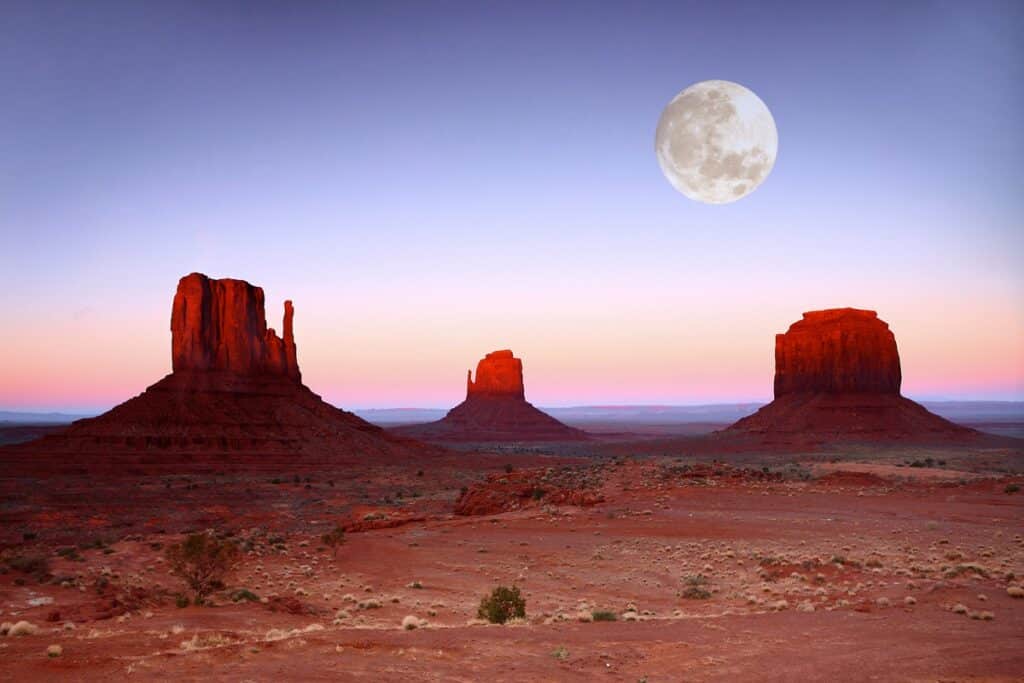Scattering ashes is a meaningful way to honor a loved one, but when it comes to Indigenous land, special considerations apply. Indigenous lands are often protected and governed by tribal nations or communities with their own legal and cultural protocols. Understanding the rules and seeking permission is crucial to ensuring a respectful and lawful process.
Rules for Scattering Ashes on Indigenous Land
The rules for scattering ashes on Indigenous land vary depending on the jurisdiction and the governing Indigenous community. Many Indigenous nations and reservations have their own sovereignty, meaning their laws may differ from state, provincial, or federal regulations. Some key considerations include:
- Legal Restrictions: Some Indigenous lands may prohibit scattering ashes entirely, while others may allow it under specific conditions.
- Environmental Considerations: Certain tribes have environmental concerns about human remains being introduced into their land, waterways, or sacred sites.
- Spiritual and Cultural Beliefs: Many Indigenous cultures have strong spiritual connections to their land. Scattering ashes may not align with traditional beliefs and practices.
- Designated Areas: Some Indigenous nations may have designated sites where ashes can be scattered, with prior approval.
How to Get Permission to Scatter Ashes on Indigenous Land
If you are considering scattering ashes on Indigenous land, it is essential to obtain permission from the appropriate authorities. Here are the steps to follow:
- Identify the Governing Indigenous Nation: Determine which Indigenous community has jurisdiction over the land where you wish to scatter ashes.
- Contact the Tribal Government or Council: Most Indigenous nations have a governing body that oversees land use. Reach out to them to inquire about policies and procedures.
- Respect Cultural Protocols: Be prepared to discuss your request with tribal elders or cultural representatives. Some communities may have specific guidelines or ceremonies that must be followed.
- Obtain Written Consent: If permission is granted, request written documentation to confirm your authorization to scatter ashes.
- Follow Any Conditions Set by the Tribe: If the Indigenous nation allows ashes to be scattered under certain conditions, ensure you comply fully with their requirements.
Rules for Those with Indigenous Ancestry
If you or your loved one have Indigenous ancestry, different rules may apply depending on the community and their specific traditions. Some Indigenous nations may permit tribal members or those with recognized Indigenous status to scatter ashes on their ancestral lands. In such cases:
- Family or Clan Approval: If your family or clan has ties to the land, you may need their approval in addition to tribal council consent.
- Traditional Protocols: Many Indigenous cultures have unique burial and memorial customs that should be honored. Consulting with elders or cultural leaders can provide guidance.
- Community-Specific Policies: Some Indigenous nations may have policies that allow descendants to scatter ashes on their land, while others may have restrictions even for those with tribal ties.
Rules for Non-Indigenous Individuals
If you do not have Indigenous ancestry, additional restrictions may apply. Many Indigenous lands are considered sacred, and scattering ashes without permission is often prohibited. Non-Indigenous individuals should:
- Respect Indigenous Sovereignty: Understand that Indigenous nations have the right to govern their lands and enforce their own policies.
- Seek Permission as a Guest: If granted permission, follow all guidelines provided by the Indigenous community.
- Consider Alternative Locations: If permission is not granted, consider scattering ashes in a public or private location that aligns with your loved one’s wishes.
- Support Indigenous Rights: If an Indigenous nation denies your request, respect their decision and acknowledge their rights to protect their land and cultural heritage.
Scattering Ashes on Indigenous Land in the United States
In the United States, Indigenous lands are recognized as sovereign territories governed by tribal laws. This means that federal and state laws do not automatically apply, and permission must be obtained directly from the tribal government. Some key considerations include:
- Tribal Authority: Each tribe has its own legal system and cultural guidelines regarding the use of their land. Look up tribal governments.
- National Park Overlaps: Some Indigenous lands are adjacent to or within national parks, which may have additional regulations governing the scattering of ashes.
- Contacting the Bureau of Indian Affairs (BIA): The BIA can sometimes provide guidance on how to contact tribal authorities regarding land use.
- Respecting Sacred Sites: Many Indigenous communities have areas designated as sacred, and scattering ashes there may be strictly prohibited.
To gain approval for scattering ashes on Indigenous land in the U.S., it is best to contact the appropriate tribal nation directly through their government offices or websites.
Scattering Ashes on Indigenous Land in Canada
In Canada, Indigenous lands are governed by First Nations, Métis, and Inuit communities with their own legal and cultural protections. Some considerations for scattering ashes on Indigenous land in Canada include:
- Band Council Approval: First Nations reserves are under the jurisdiction of their respective band councils, which must approve any land use requests. You can also look up Canadian band councils here.
- Laws Under the Indian Act: Certain regulations under the Indian Act may affect whether ashes can be scattered on reserve lands.
- Provincial and Territorial Regulations: Some provincial laws may intersect with Indigenous land protections, particularly concerning environmental impact.
- Sacred and Traditional Sites: Many First Nations have designated sites that hold spiritual significance where scattering ashes is not allowed.
To request permission, individuals should contact the relevant First Nation’s band office or Indigenous governance structure. In some cases, provincial or federal agencies may also provide guidance on land use permissions.

